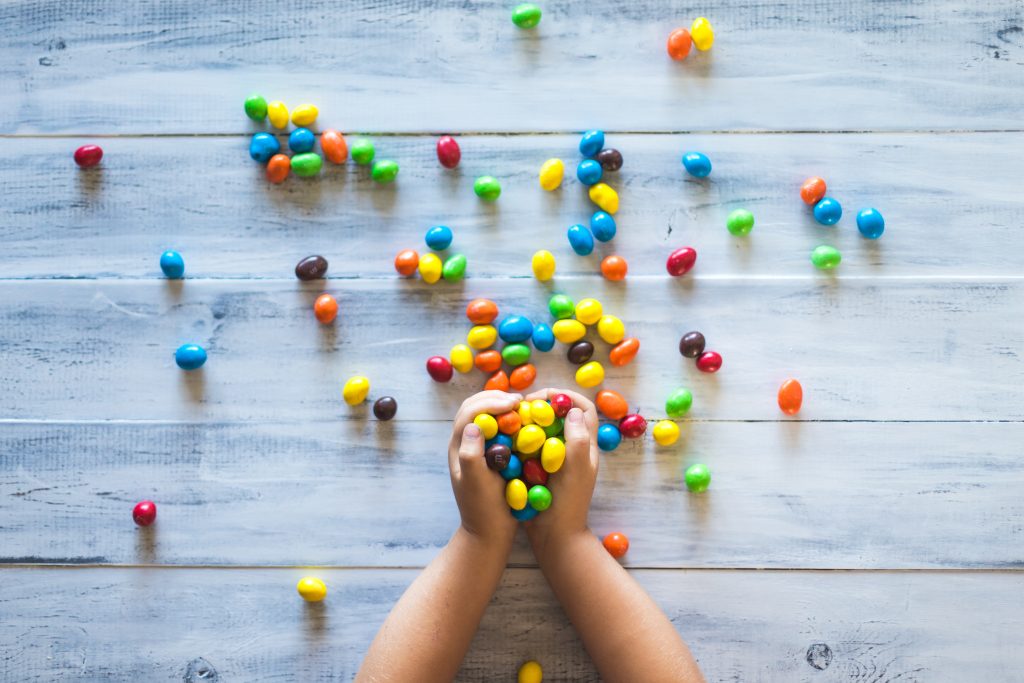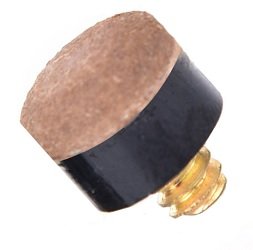YouTube Turning Young Kids Into Junk Food Addicts?
Experts are concerned that 27% of young children ages 5 to 8 that watch YouTube stars are being negatively influenced by the junk food that is often featured in the content creators' videos.

YouTube influencers and social media stars aren’t anything new, but the newest generation is growing up with social media and streaming platforms in a way that most generations haven’t. Child YouTube stars and influencers are now favorites of most young YouTubers—27% of 5-to-8-year-olds–and, because of their age, they’re much more susceptible to influence. This has some parents and childhood development experts worried that kids growing up with YouTube are having much more exposure to sugary sweets and other junk food than they did in the previous decades and beyond.
If you’re not familiar with kid YouTube influencers, their brands largely function around product interaction; from trying new foods to unboxing products, these tiny celebrities have millions of young viewers watching every video they create. Of course, kids aren’t the only ones who obsess over a celebrity or consume all of a creator’s content, but they are far less capable than teenagers and adults of showing restraint or executive function when it comes to making decisions based on that influence. According to NPR, four out of every 10 videos viewed in a study of child YouTube influencer videos featured candy, sweets, salty snacks, and sodas—that’s millions of videos on the internet for your child to see that promote junk food.
Most of us can remember seeing TV advertisements for a new sugary cereal or an after-school snack and begging our parents to buy it for us at the grocery store—we wanted to eat what our favorite characters or TV channels suggested that we eat. Those tendencies, or the “pester power” of children–haven’t changed; the problem is that today’s children have significantly more exposure to those influences than generations past did. A child watching their favorite YouTube influencer eat a one-pound gummy bear or an entire sleeve of Oreos is more likely to establish that behavior as a norm or as something to be emulated, rather than an exaggeration or something unrealistic.
YouTube, in response to these concerns, banned all food advertising on channels with content targeted toward children in 2020, but that ban hasn’t stopped junk food from showing up all over kids’ YouTube content. Many influencers work around the YouTube ban by not accepting payment for featuring products or by simply having the products be a part of the video, rather than calling them out directly. Seeing other kids living out their dreams or wishes—things they want to do or eat and can’t—only makes those desires and impulses stronger.
YouTube’s food advertising bans are a step in the right direction but have not solved the problem entirely; the online world has a long way to go when it comes to protecting children. Unlike TV and streaming platforms, YouTube is less effective at screening and curating content that is age-appropriate, and those guidelines are easy for creators to work around. Parents everywhere are having to ask themselves if the reward and ease of YouTube is really worth the risk to their children’s physical and mental health.











